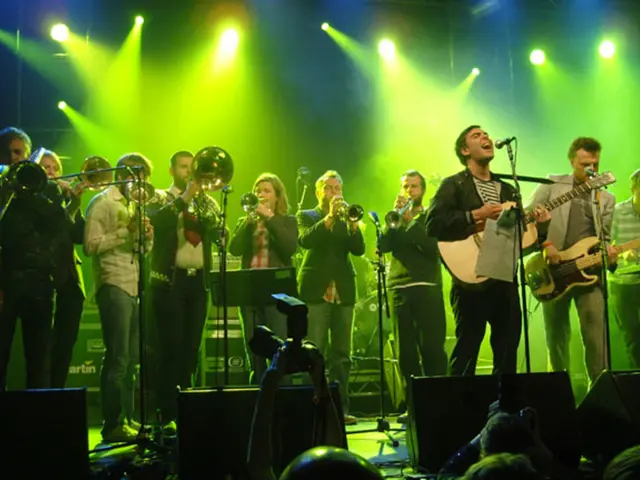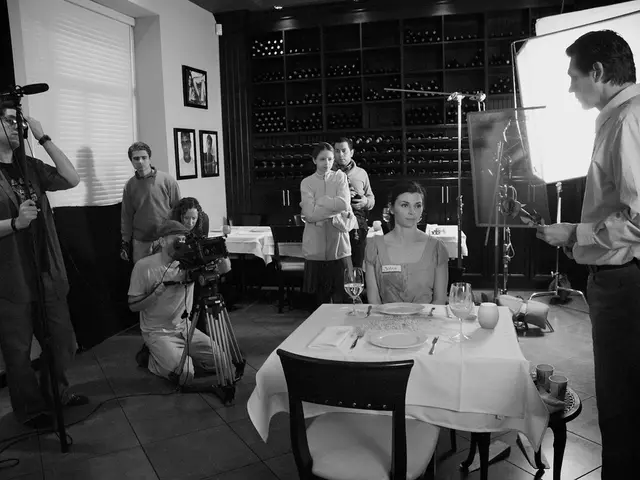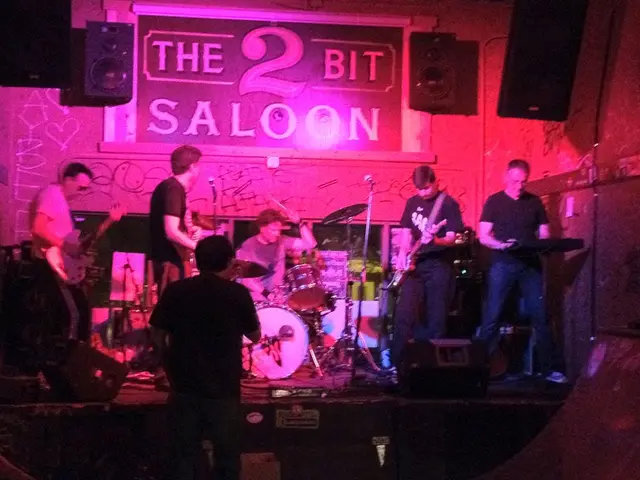Exploring the Dark Roots of European Folklore: Revealing Hidden Histories
Fairy Tales: The Shocking Truth and Cultural Evolution
Fairy tales have been more than just charming stories for bedtime—they've been a significant part of European culture and history, serving as mirrors to society and windows into the past. Originally, these tales were far from the child-friendly stories we're familiar with, often filled with threats, malevolent creatures, and harsh moral lessons. Let's dive into the untold stories behind Europe's most famous fairy tales.
The Brutal Truth Behind the Grimm Tales
When talking about fairy tales, Jacob and Wilhelm Grimm are familiar names. Their collection, Children's and Household Tales, includes beloved classics like "Cinderella," "Hansel and Gretel," and "Snow White." However, it's crucial to remember that the versions published in 1812 were nothing like the sanitized stories we see today.
The original tales were steeped in grim details, with horrific acts and violent consequences. For instance, in the original "Cinderella," the stepsisters didn't just lose a shoe. They cut off parts of their feet to fit, only for their eyes to be pecked out by birds for their cruelty.
From Oral Traditions to Written Stories
European fairy tales have their roots in oral storytelling traditions, passed down from generation to generation. The tales morph with each retelling, adapting to suit the storyteller, the audience, and the times. It wasn't until literacy became more widespread and printing more accessible that these tales were written down.
Authors like Charles Perrault and the Brothers Grimm collected and published these stories, making them more accessible to a wider audience. Perrault's tales, intended for the French aristocracy, were often filled with moralistic lessons suited to the societal norms of his time.
Charles Perrault and French Influence
Charles Perrault is another significant figure in the world of fairy tales. His 1697 publication, Tales of Mother Goose, features stories like "Little Red Riding Hood" and "Sleeping Beauty." Perrault's tales had a moralistic, cautionary tone. For example, the original "Little Red Riding Hood" ends with the wolf devouring the little girl, serving as a warning about straying from the path and talking to strangers.
Fairy Tales' Dark Themes
The dark origins of European fairy tales aren't just about gore and violence. They often tackle complex themes such as poverty, oppression, and human cruelty. These stories provided a means of understanding and navigating the complexities of human nature and society.
For instance, "Hansel and Gretel" sheds light on famine and the desperation it causes, leading to the abandonment of children. "Rumpelstiltskin" explores themes of power and exploitation, demonstrating the importance of hard work and perseverance.
The Softened Modern Versions
As the need for child-friendly versions of these tales grew, many stories underwent sanitization, stripping them of their darker elements to make them more palatable for younger readers. This began in earnest during the Victorian era and continued with Disney's fairy tale adaptations, which transformed them into the more innocent versions we're familiar with today.
However, this sanitization often oversimplified the original stories, diluting the profound meanings and moral lessons they were intended to convey.
In Conclusion
European fairy tales, with their dark origins, are a testament to the rich cultural history of storytelling. By understanding their true origins, we can appreciate these stories beyond their surface charm and delve into the deeper lessons they offer. Their evolution from grim stories steeped in societal commentary to the more sanitized versions we know today reflects our growing appreciation for innocence and child-friendly entertainment.
Enrichment Data:
Europe's Dark Fairy Tales: A Historical Perspective
European fairy tales have a fascinating history, rooted in folklore, mythology, and historical events. The original tales were often filled with dark elements, such as dangerous supernatural beings, that served as cautionary tales for listeners. These tales reflect the societal norms and fears of their time.
Cultural Influences
- Various historical events influenced European fairy tales. For example, the medieval period saw the rise of stories addressing fears about demonic possession and witchcraft. Historical figures like Gilles de Rais may have inspired characters like Bluebeard, a prototype for the evil stepfather archetype.
Societal Commentary
- Many stories contained societal commentary, addressing themes like marriage, power dynamics, and the consequences of certain behaviors. For example, stories like "Bluebeard" were warnings about the dangers of curiosity and disobedience.
Literary Movements
- The evolution of European fairy tales was also influenced by different literary movements. The Romanticism of the 19th century emphasized nature, the supernatural, and emotion, while the Victorian era saw a shift towards more moralistic and less gruesome narratives.
Oral Traditions to Written Works
- The oral tradition of fairy tales passed from generation to generation underwent significant changes. With the introduction of literacy and printing, stories were written down, making them more accessible and informing modern interpretations.
Modern Interpretations
- Today, fairy tales continue to evolve, with modern interpretations and adaptations that cater to various audiences and cultural contexts. The rise of subcultures like gothic fairies reflects a return to darker, more mysterious elements, blending traditional fairy lore with modern aesthetics.
In summary, understanding the historical, cultural, and literary context of European fairy tales can help us appreciate their dark origins and complex meanings. By exploring the transformation of these stories from dark, cautionary tales to the sanitized versions we know today, we can gain insight into the concerns and values of different eras.
Books like "Europe's Dark Fairy Tales: A Historical Perspective" delve into the depths of European fairy tales, revealing their roots in entertainment that is far from child-friendly. These works illuminate the dark themes and societal commentary that once characterized these tales, offering a contrast to the softened modern versions we often encounter today.
Moreover, understanding the evolution of fairy tales provides an interesting lens through which to examine cultural shifts, as these stories have been shaped by historical events, literary movements, and the oral traditions that preceded written works. Such analyses can help us appreciate the rich heritage of these stories and the profound meanings they once conveyed.






